Yakutsk, Russia —(Map)
Scientists are puzzled by the body of an 18,000-year-old puppy that was found frozen in the ground in Siberia. In spite of careful testing, scientists still can’t tell if the animal is a dog or a wolf.
Very, very long ago, dogs didn’t exist. There were just wolves of different kinds. But at some point in the past – probably between 15,000 and 40,000 years ago – one type of wolf began to change slowly.
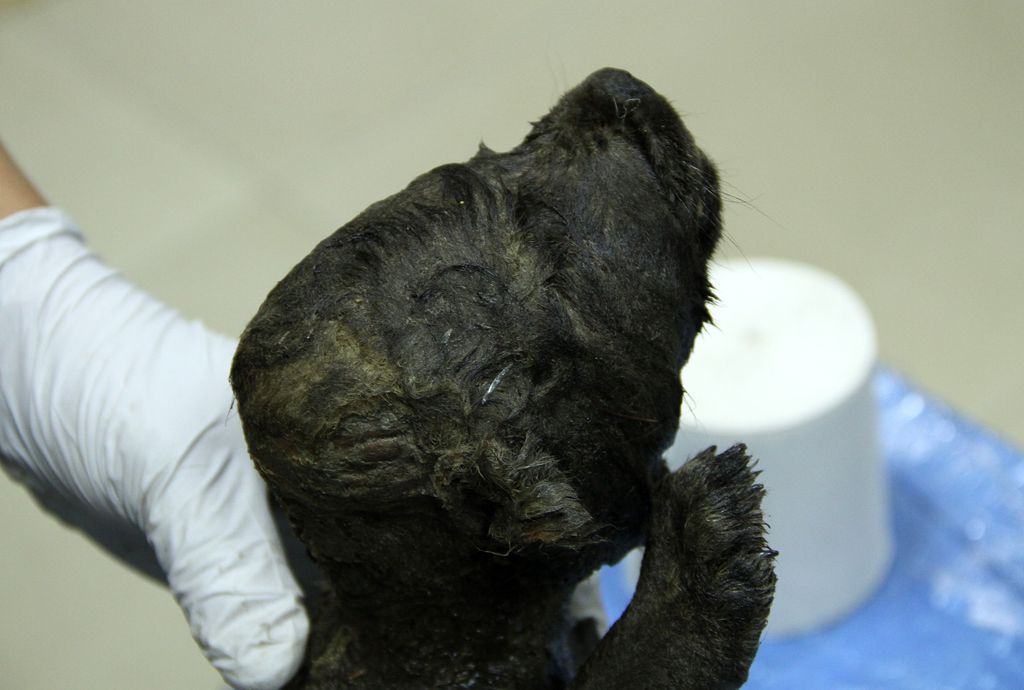
(Source: Love Dalén.)
Over time, wolves of this type began to look and act differently. One big change in these different “wolves” was that they became friendly with humans and grew to depend on them. This type of “wolf”, of course, led to our modern dogs.
But scientists don’t know exactly when this shift from wolves to dogs began and where. That’s what makes the case of the 18,000-year-old puppy so interesting.
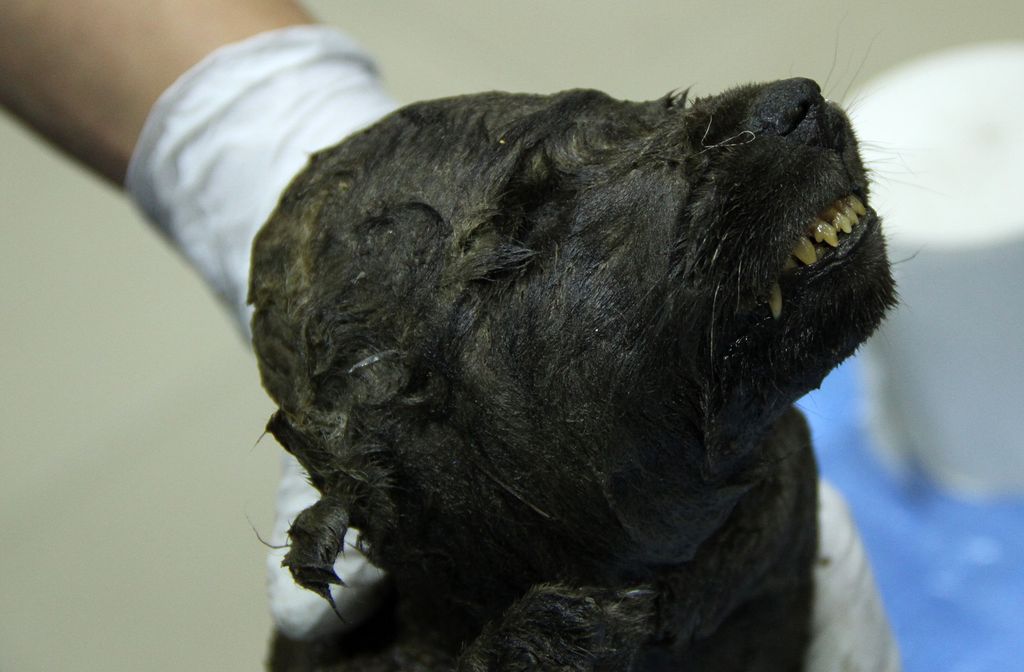
(Source: Love Dalén.)
The puppy, who has been called “Dogor”, was found frozen in the permafrost in Siberia near Yakutsk. Permafrost is a layer of ground in Arctic and Antarctic areas that remains frozen. Recently, as the world has warmed due to climate change, areas of permafrost are thawing, and revealing secrets long buried and frozen.
One thing that makes Dogor special is that he’s nearly perfectly preserved. He came out of the ground covered with mud and ice, but scientists carefully cleaned him. His head, including his nose, whiskers, eyelashes, and a mouth full of young teeth, are still very much like they were when he died.
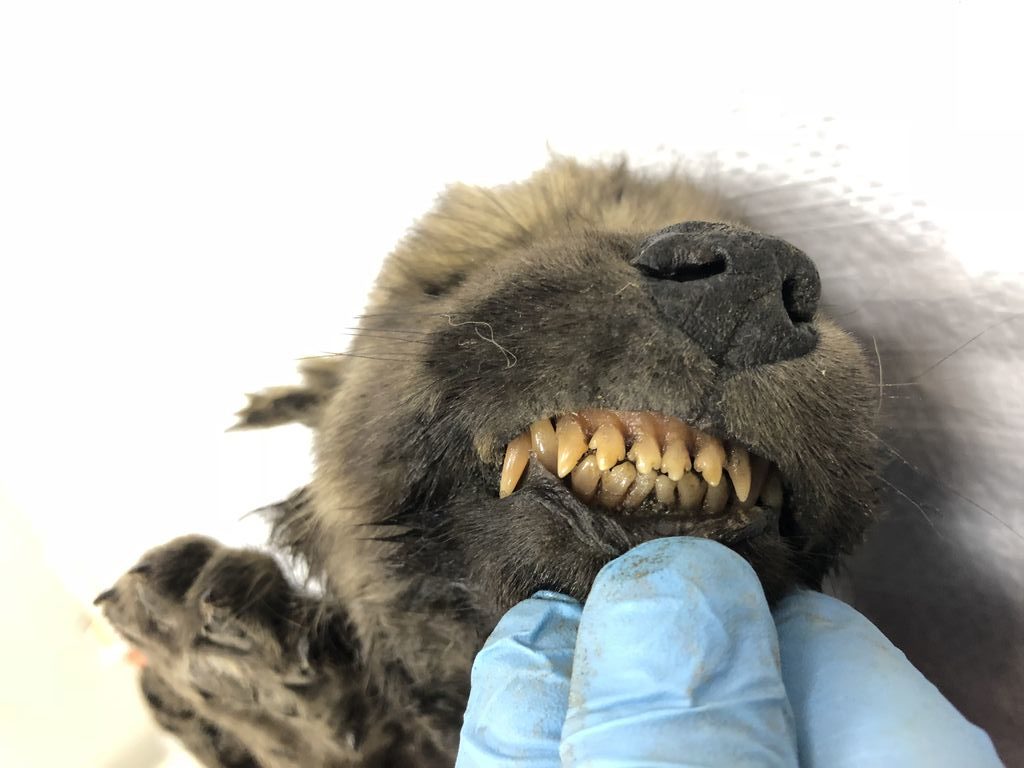
(Source: Sergey Fedorov, Mammoth Museum of North-Eastern Federal University.)
Scientists from Sweden have taken small samples from one of Dogor’s ribs for testing. Their tests showed that the puppy lived 18,000 years ago, that it was a male, and that it was about two months old when it died.
The scientists also ran DNA tests. Every living thing has DNA – a special code that tells it how to grow. That DNA can also be used to identify animals and learn about their background.
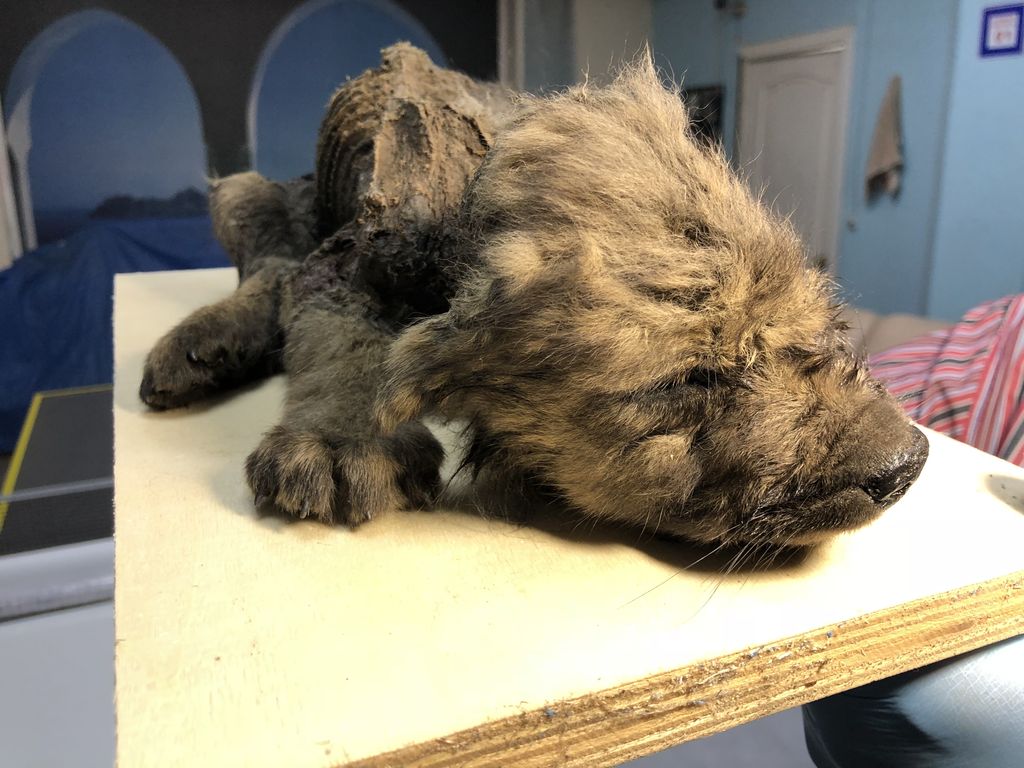
(Source: Sergey Fedorov, Mammoth Museum of North-Eastern Federal University.)
But even though the scientists ran two DNA tests to discover whether Dogor was a dog or a wolf, the results weren’t clear. The scientists say that normally it’s fairly “easy to tell the difference.” The scientists now plan on doing a third DNA test.
The uncertain results give Dogor’s name a special meaning. He was named “Dogor” because it means “friend” in a language spoken in that part of Siberia. But in English, it also means “Dog or…?”
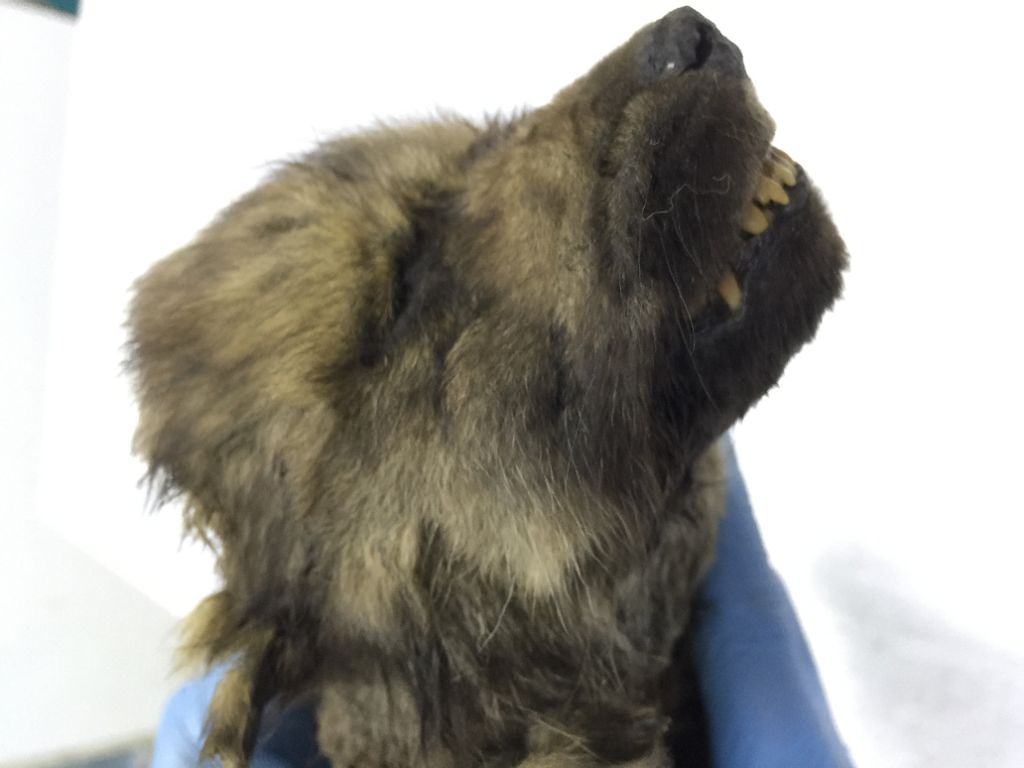
(Source: Sergey Fedorov, Mammoth Museum of North-Eastern Federal University.)
The scientists are excited because it’s possible that Dogor might not be exactly one or the other. In any case, the results will teach scientists a lot about the history of dogs and when they began to separate from wolves. “We can’t wait to get results from further tests,” said Sergey Fedorov, of the Mammoth Museum of North-Eastern Federal University
So far, the earliest dog ever found was a puppy from around 14,000 years ago, whose remains were found in Germany in 1910. If Dogor is a dog, then he’s set a new record by several thousand years.
Did You Know…?
Some people believe we may soon get even more information about very old animals. Because the permafrost in Siberia and other areas is thawing, it’s possible that even more creatures will be found which could help scientists learn more about early history.
😕
This map has not been loaded because of your cookie choices. To view the content, you can accept 'Non-necessary' cookies.
